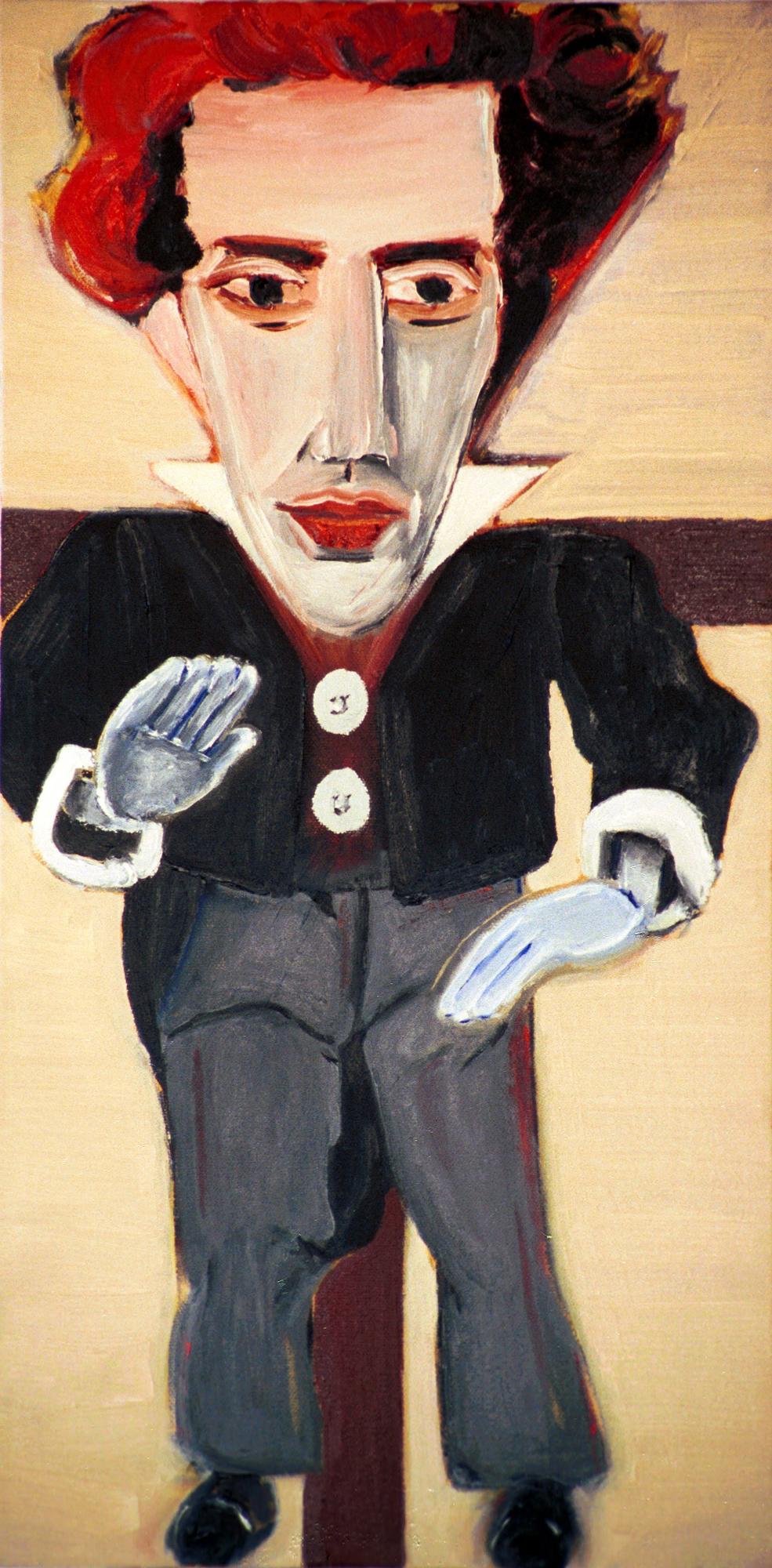 Let us posit Kierkegaard as existential philosophy’s John Brown: he could have certainly penned a witty Johannes-, Climacus- or Aesthete-inspired critique the Danish government for building forts in Ghana, taking African women as concubines, or owning slaves in the Danish West Indies, yet he knew doing so (with his pen, from afar, unable or perhaps unwilling to sit next to an enslaved human being in the flesh, and living off profits from his father’s business that may have touched slavery in some way) would certainly make him come across as one of the Janus-faced or contradictory abolitionists I described above. Kierkegaard’s territory was elsewhere, not of the flesh, but of the mind: in his writing, though unnamed (how could he name all ofthe calamities of a time that we are still learning more and more about?) the enslaved of the Danish West Indies, the enslaved of North and South America, the enslaved anywhere, in fact, would be equals at the table in Kierkegaard’s servings of existential freedom and choice for the single individual. His attacks on the Christian church in Denmark, his disagreements with Kant, Hegel, Andersen, Grundtvig, and others, his break with Regine Olsen may each have complicated, differing and unrelated explanations, but one commonality is that all of those figures displayed the paternalism that Kierkegaard rejected for himself. For Kierkegaard, “to think oneself into another person’s suffering is a comfort.” We find this claim in Kierkegaard’s Upbuilding Discourses in Various Spirits, published in 1847, a year after Concluding Unscientific Postscript and six months before the appearance of his Works of Love, a text in which he further rejects misplaced sentimentality. One year after Kierkegaard completes UpbuildingDiscourses and Works of Love, Denmark emancipates human beings the nation abducted from the area now known as the sovereign country Ghana and then transported and held them in slavery in the Danish West Indies, a collection of Islands then comprising St. Thomas, St. Croix, and St. John. My point is not to draw correlation, but to emphasize the works coming from Kierkegaard’s mind as Denmark finally exits the business of human bondage. In order to isolate Kierkegaard from this world we would need to ignore the fact that the Danish national press he read with regularity often published articles or decrees from the Danish king addressing the problem of slavery in the Danish West Indies. We would also need to set aside the relationship of Kierkegaard’s contemporaries to slavery: Grundtvig was a member of the Danish Anti-Slavery Committee, Hans Christian Andersen once shared a house with one of the most famous former slaves turned abolitionists Frederick Douglass. Kierkegaard’s world was Christian, modern, and enslaved.
Let us posit Kierkegaard as existential philosophy’s John Brown: he could have certainly penned a witty Johannes-, Climacus- or Aesthete-inspired critique the Danish government for building forts in Ghana, taking African women as concubines, or owning slaves in the Danish West Indies, yet he knew doing so (with his pen, from afar, unable or perhaps unwilling to sit next to an enslaved human being in the flesh, and living off profits from his father’s business that may have touched slavery in some way) would certainly make him come across as one of the Janus-faced or contradictory abolitionists I described above. Kierkegaard’s territory was elsewhere, not of the flesh, but of the mind: in his writing, though unnamed (how could he name all ofthe calamities of a time that we are still learning more and more about?) the enslaved of the Danish West Indies, the enslaved of North and South America, the enslaved anywhere, in fact, would be equals at the table in Kierkegaard’s servings of existential freedom and choice for the single individual. His attacks on the Christian church in Denmark, his disagreements with Kant, Hegel, Andersen, Grundtvig, and others, his break with Regine Olsen may each have complicated, differing and unrelated explanations, but one commonality is that all of those figures displayed the paternalism that Kierkegaard rejected for himself. For Kierkegaard, “to think oneself into another person’s suffering is a comfort.” We find this claim in Kierkegaard’s Upbuilding Discourses in Various Spirits, published in 1847, a year after Concluding Unscientific Postscript and six months before the appearance of his Works of Love, a text in which he further rejects misplaced sentimentality. One year after Kierkegaard completes UpbuildingDiscourses and Works of Love, Denmark emancipates human beings the nation abducted from the area now known as the sovereign country Ghana and then transported and held them in slavery in the Danish West Indies, a collection of Islands then comprising St. Thomas, St. Croix, and St. John. My point is not to draw correlation, but to emphasize the works coming from Kierkegaard’s mind as Denmark finally exits the business of human bondage. In order to isolate Kierkegaard from this world we would need to ignore the fact that the Danish national press he read with regularity often published articles or decrees from the Danish king addressing the problem of slavery in the Danish West Indies. We would also need to set aside the relationship of Kierkegaard’s contemporaries to slavery: Grundtvig was a member of the Danish Anti-Slavery Committee, Hans Christian Andersen once shared a house with one of the most famous former slaves turned abolitionists Frederick Douglass. Kierkegaard’s world was Christian, modern, and enslaved.
Kierkegaard and Freedom in Nineteenth Century Denmark
Date
